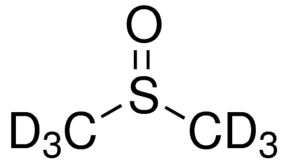1. Choose a NMR dissolvable proper to your compound.
Tips
- Chloroform is the standard dissolvable to attempt first. Know that it can be acidic; it is a smart thought to add potassium carbonate to a jug when you first open it. Place enough in that it shapes a thin white layer at the base of the jug.
- If your compound isn't solvent in chloroform, attempt benzene (nonpolar or normal extremity mixes), CH3)2CO (breaks up nearly anything) or methanol (polar mixes).
2. Find a spotless, dry NMR tube.
Dependable guidelines
- After washing NMR tubes with CH3)2CO, place them in the broiler for two hours previously utilizing them once more. CH3)2CO sticks around longer than you may might suspect.
3. Prepare your example.
1. Make beyond any doubt your example is free of dissolvable if your compound isn't unpredictable, putting the flagon on a high vacuum line for 5-30 minutes is a smart thought.
2. Measure the right measure of test.
General guidelines
- For a strong, daintily coat the base of a 1 measure vial.
- For an oil, dunk a glass pipette into the oil until the point that you have a section 1/2 inch high.
3. Dissolve the example in 0.75 mL of the NMR dissolvable.
4. Put the example into the tube. On the off chance that any strong remains, channel the dissolvable into the NMR tube through a pipette with a cotton plug.
4. Acquire your range.
5. Process the information, gathering:
- Accurate synthetic movements.
- Integration for exceedingly critical pinnacles. This may expect you to grow the range, if tops are near one another.
6. Print the whole range, not only the area with tops. At that point print developments of areas of intrigue.
- Print the area from 10 ppm to 0.5 ppm for each range you take.
7. Draw the normal structure on the range, and name it with your journal page number.
8. Number the hydrogens on your illustration and allot them (with names) to the crests in the range.
Ref : http://chem.chem.rochester.edu/~nvd/pages/how-to.php?page=nmr_spectrum




